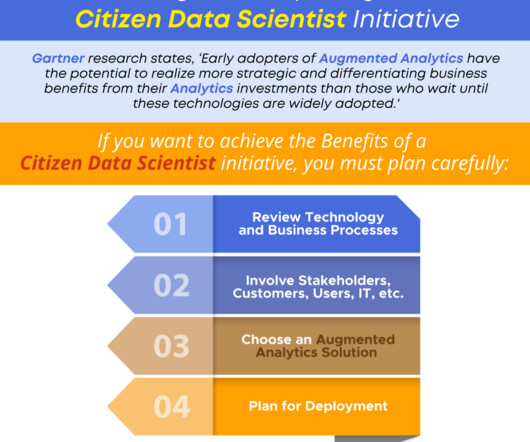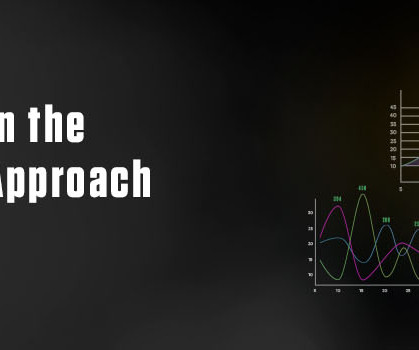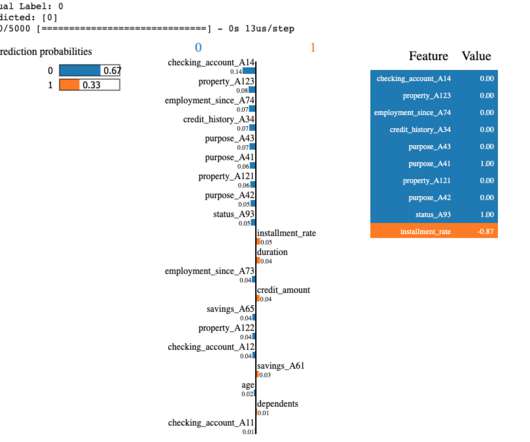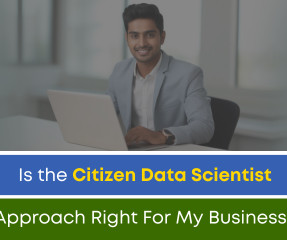Installing Packages in SQL Server R Services
Ms SQL Girl
MAY 19, 2016
As you may already know In-database Analytics (also known as Advanced Analytics) is available in SQL Server 2016. To simplify, “In-database Advanced Analytics”: you can run powerful statistical / predictive modelling (from R) inside SQL Server. To do this, go to Visual Studio > R Tools > Options.




















Let's personalize your content